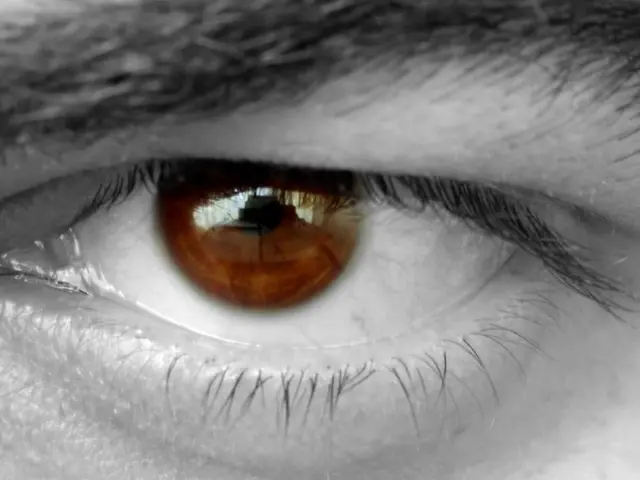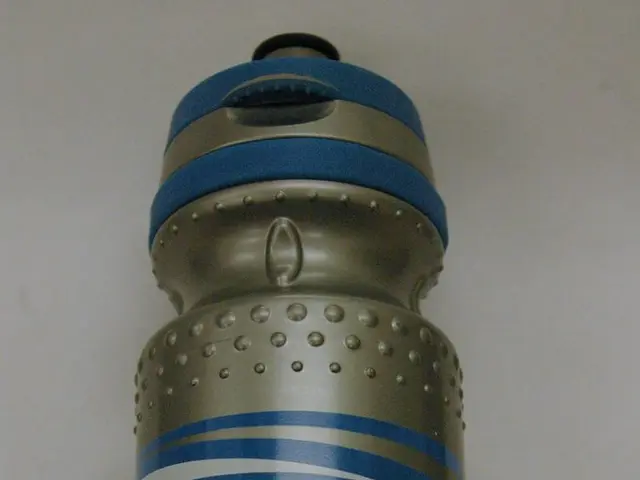Quick guidance in emergency situations: Regain composure
Living with Panic Attacks and Panic Disorder: Your Comprehensive Guide
Panic attacks and panic disorder can take control of your life, leaving you feeling helpless and anxious. But don't fret, this guide is here to help you navigate through it all. This no-holds-barred roadmap will educate you on the causes, symptoms, diagnosis, and treatments for these intense episodes of fear and anxiety. By the end, you'll be equipped with the knowledge to regain control and find relief from those overwhelming symptoms.
Table of Contents
- Panic in Your Pocket: Understanding Panic Attacks 1.1 What's a Panic Attack? 1.2 Common Symptoms 1.3 Causes and Triggers
- The Disorder Unveiled: Panic Disorder 2.1 What's Panic Disorder? 2.2 Prevalence 2.3 Diagnosis
- Navigating the Maze: Treatment Options 3.1 Psychotherapy for Panic Attacks and Panic Disorder 3.2 Medications for Panic Attacks and Panic Disorder
- Calming the Storm: Self-Help Methods 4.1 Lifestyle Changes 4.2 Self-help Techniques
- When to Seek Professional Aid
s Panic Attacks: A Turmoil of Fear and Symptoms
What's a Panic Attack?
A panic attack is an unexpected and overwhelming surge of fear and anxiety that can strike without warning. It's characterized by a range of physical and psychological symptoms like a racing heart, shortness of breath, chest pain, trembling, sweating, and feelings of doom. These episodes can be pretty intense and may last anywhere from minutes to hours.
Symptoms of a Panic Attack
During a panic attack, you might experience a combination of:
- Racing heart
- Shortness of breath
- Chest pain
- Trembling and shaking
- Sweating
- Nausea and dizziness
- Hot flashes or chills
- Numbness or tingling
- Fear of losing control or dying
- Depersonalization or derealization
Remember, symptoms can vary from person to person, and not everyone may experience the same set of symptoms.
Causes and Triggers
While the exact cause remains elusive, factors such as genetics, neurochemical imbalances, environmental stressors, and phobias can contribute to the development of panic attacks. Additionally, substances like caffeine, alcohol, and illicit drugs can provoke or worsen these episodes, as can certain medical conditions.
Panic Disorder: A Persistent Fear
What's Panic Disorder?
Panic disorder is a type of anxiety disorder characterized by recurrent panic attacks and persistent fear of future attacks. Unlike isolated panic attacks, panic disorder involves constant worry and fear of having more attacks, which can lead to significant changes in behavior such as avoiding places or situations linked to previous attacks.
Prevalence of Panic Disorder
Approximately 2-3% of the population in the United States (that's millions of people!) suffer from panic disorder. It's more common among those assigned female at birth (AFAB), who are twice as likely to develop panic disorder than those assigned male at birth (AMAB). It often begins in late adolescence or early adulthood, but can occur at any age.
Diagnosis of Panic Disorder
To diagnose panic disorder, healthcare providers will thoroughly evaluate symptoms, medical history, and any potential underlying conditions. The Diagnostic and Statistical Manual of Mental Disorders, or DSM-5, provides specific diagnostic criteria for panic disorder, which include recurrent, unexpected panic attacks and persistent worry or concern about future attacks or their consequences.
Treatment: Your Pathway to Calm
Psychotherapy for Panic Attacks and Panic Disorder
Counseling, also known as talk therapy, is crucial in managing panic attacks and panic disorder. Therapies such as Cognitive Behavioral Therapy (CBT), Acceptance and Commitment Therapy (ACT), and Psychodynamic Therapy offer effective strategies to reduce symptoms and improve overall well-being.
Medications for Panic Attacks and Panic Disorder
Medications may be prescribed as part of the treatment plan to help manage symptoms and prevent attacks. Commonly used medications include selective serotonin reuptake inhibitors (SSRIs) like fluoxetine (Prozac) and sertraline (Zoloft), benzodiazepines like alprazolam (Xanax), and beta-blockers like propranolol.
Calming the Storm: Self-Help Methods
Lifestyle Changes
Adopting certain changes in your daily routine can go a long way in reducing panic attacks. Consider incorporating the following:
- Regular exercise
- Stress management techniques
- Balanced diet and sleep habits
Self-help Methods
In addition to lifestyle changes, several self-help methods can provide relief from panic attacks:
- Deep breathing exercises
- Progressive muscle relaxation
- Mindfulness meditation
- Challenging negative thoughts
- Creating a personal toolkit for managing panic attacks
Remember, self-help methods can help, but never rely solely on them. Always seek professional help if symptoms persist or worsen.
If you're grappling with panic attacks or panic disorder, know that you're not alone. With the right support and treatment, you can take control of your life and find relief from the swirling chaos of panic attacks and panic disorder.
- Stress management techniques and regular exercise can be beneficial self-help methods for managing symptoms of panic attacks and panic disorder, fall under the category of lifestyle changes that contribute to overall health-and-wellness and fitness-and-exercise.
- Understanding the connection between nutrition and mental health can lead to better management of panic attacks and panic disorder, as maintaining a balanced diet can help promote overall well-being and mental stability.
- Incorporating deep breathing exercises and mindfulness meditation into daily routines can serve as effective self-help techniques in calming the body and mind during periods of high anxiety, aiding in the management of panic attacks and panic disorder.








